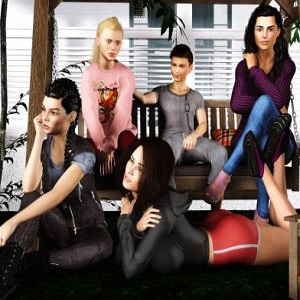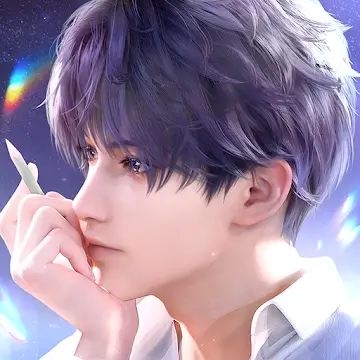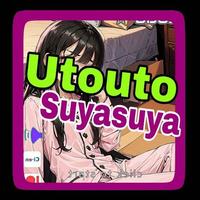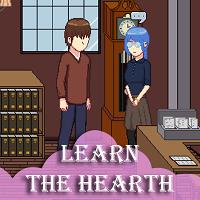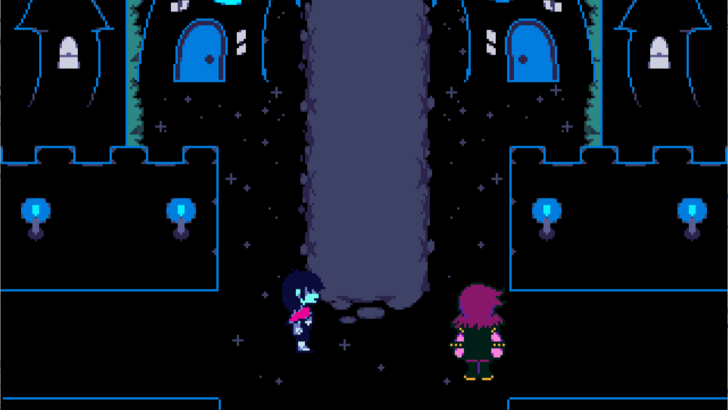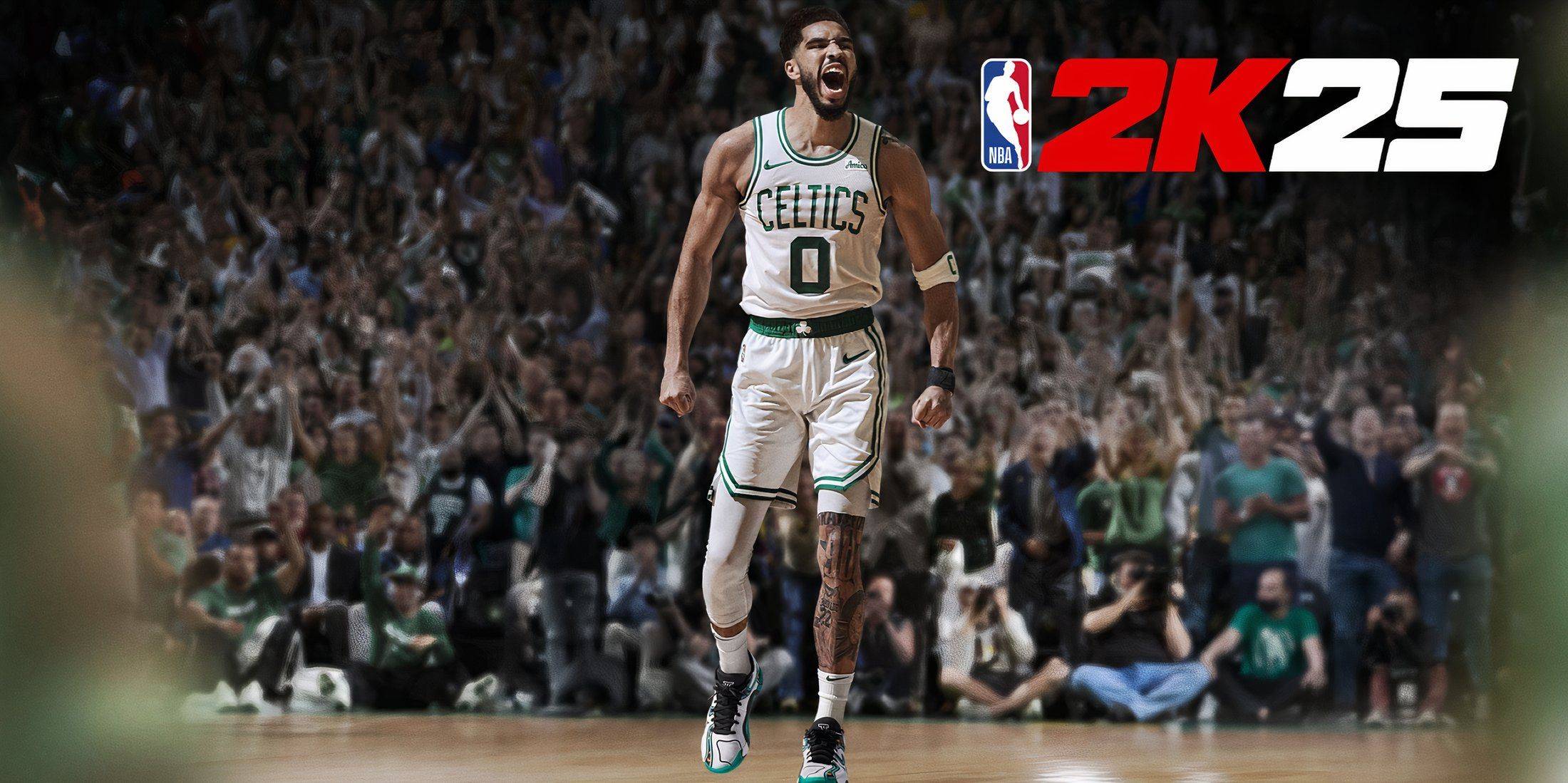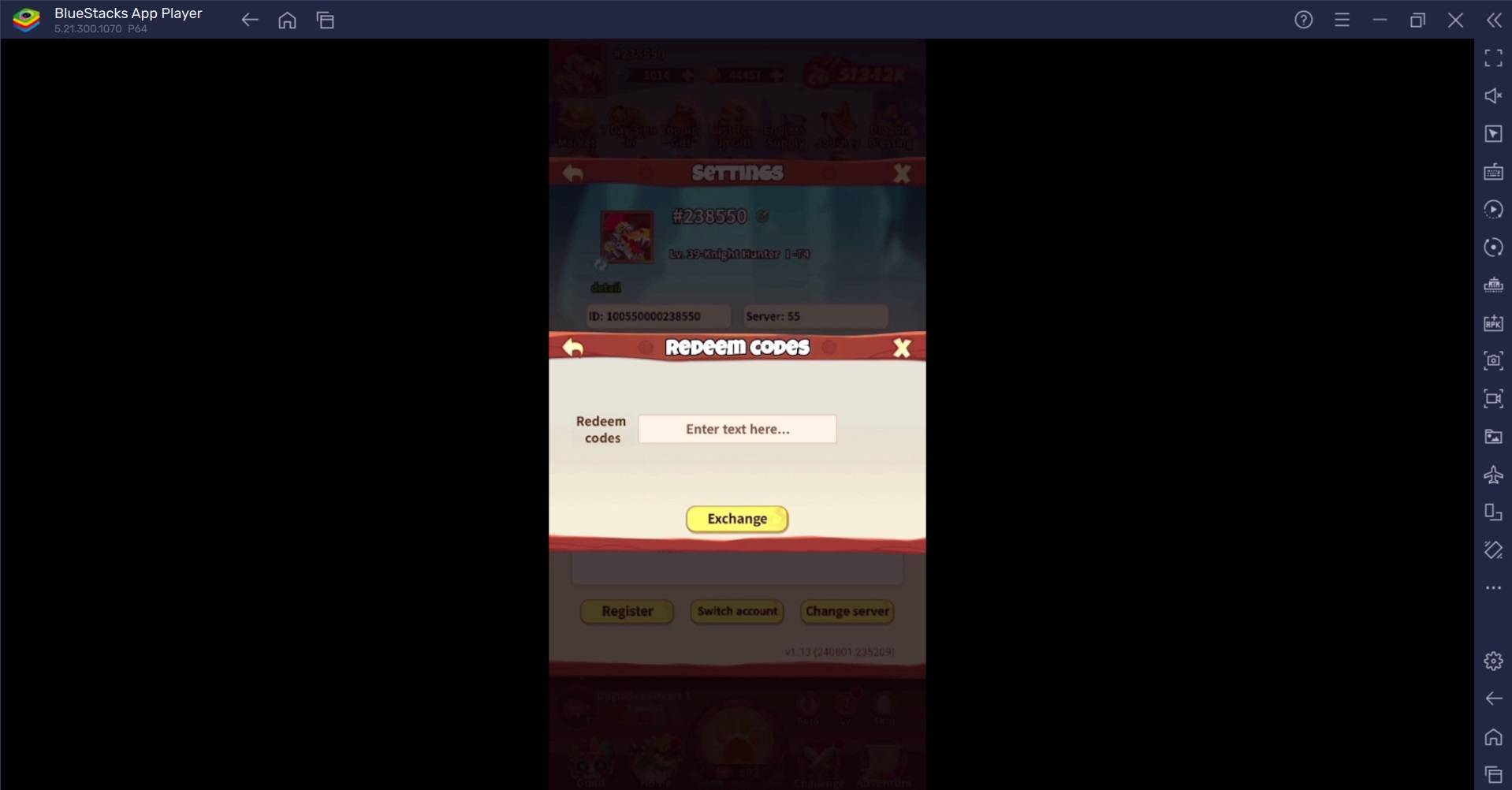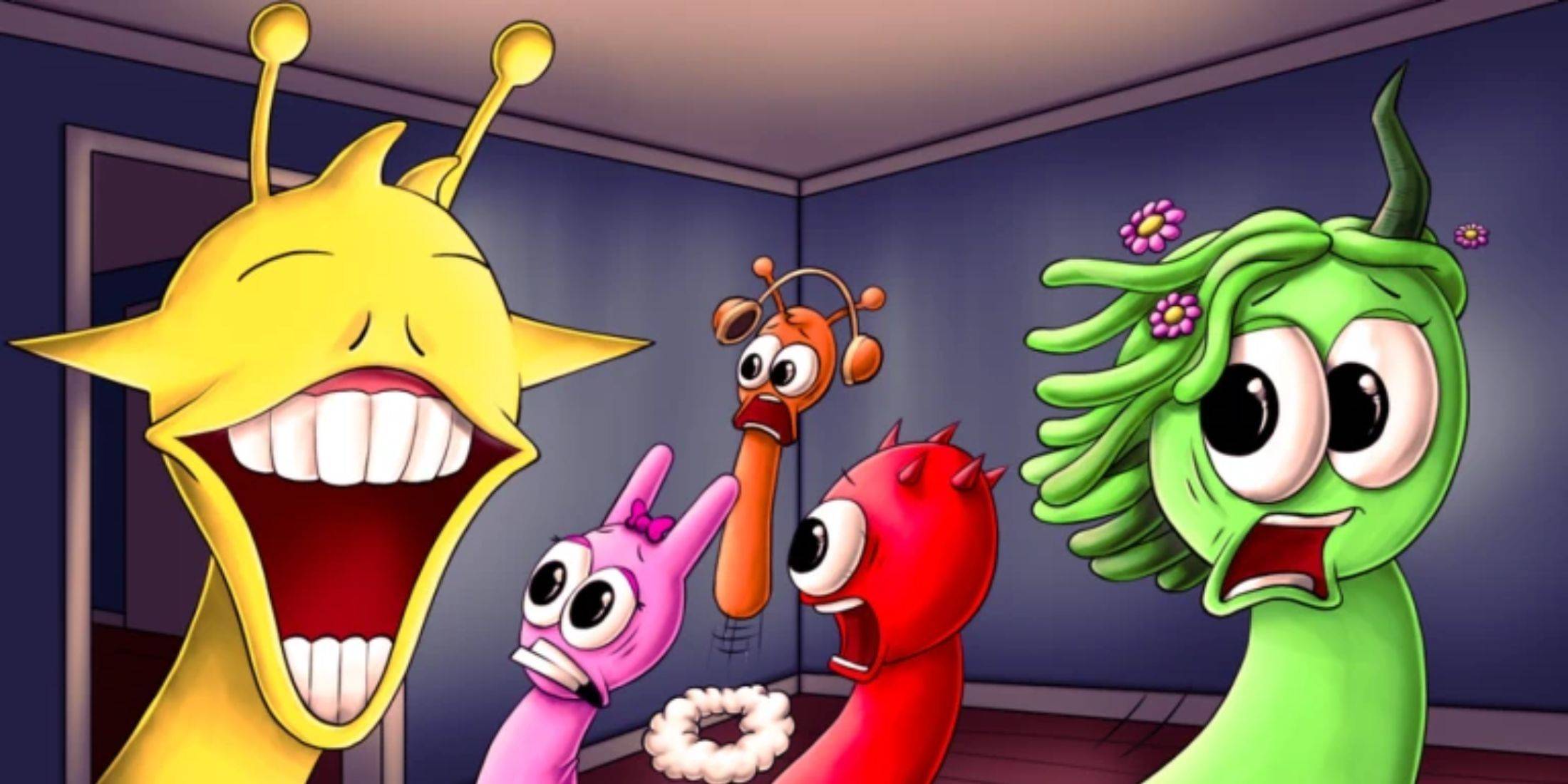In 2015, the French studio Don't Nod set a new standard for interactive dramas with Life is Strange, a captivating adventure that celebrated the beauty of everyday moments, the power of unbreakable friendships, and the inexorable flow of time. Players were drawn in by its meticulous attention to detail, the freedom to explore its world, and the ability to influence its narrative profoundly. While subsequent projects saw Don't Nod exploring different genres, none quite captured the same magic that had enchanted fans.
Now, years later, Don't Nod returns to its storytelling roots with Lost Records: Bloom & Rage, a coming-of-age tale that transcends mere interactive cinema. It's a heartfelt tribute to a bygone era and the carefree spirit of youth. With its evocative atmosphere, richly drawn characters, and the weight of player choices, Lost Records captivates and immerses players in its world.
Table of Content ---
- Friends Reunite to Uncover Secrets from the Past After 27 Years
- Choices Still Impact Surroundings, Dialogues, and Relationships
- Bloom & Rage Creates Beautifully Imperfect Characters
- A Town Worth Dreaming About
- Slow-Paced Plot: The Defining Feature of the Story
Friends Reunite to Uncover Secrets from the Past After 27 Years
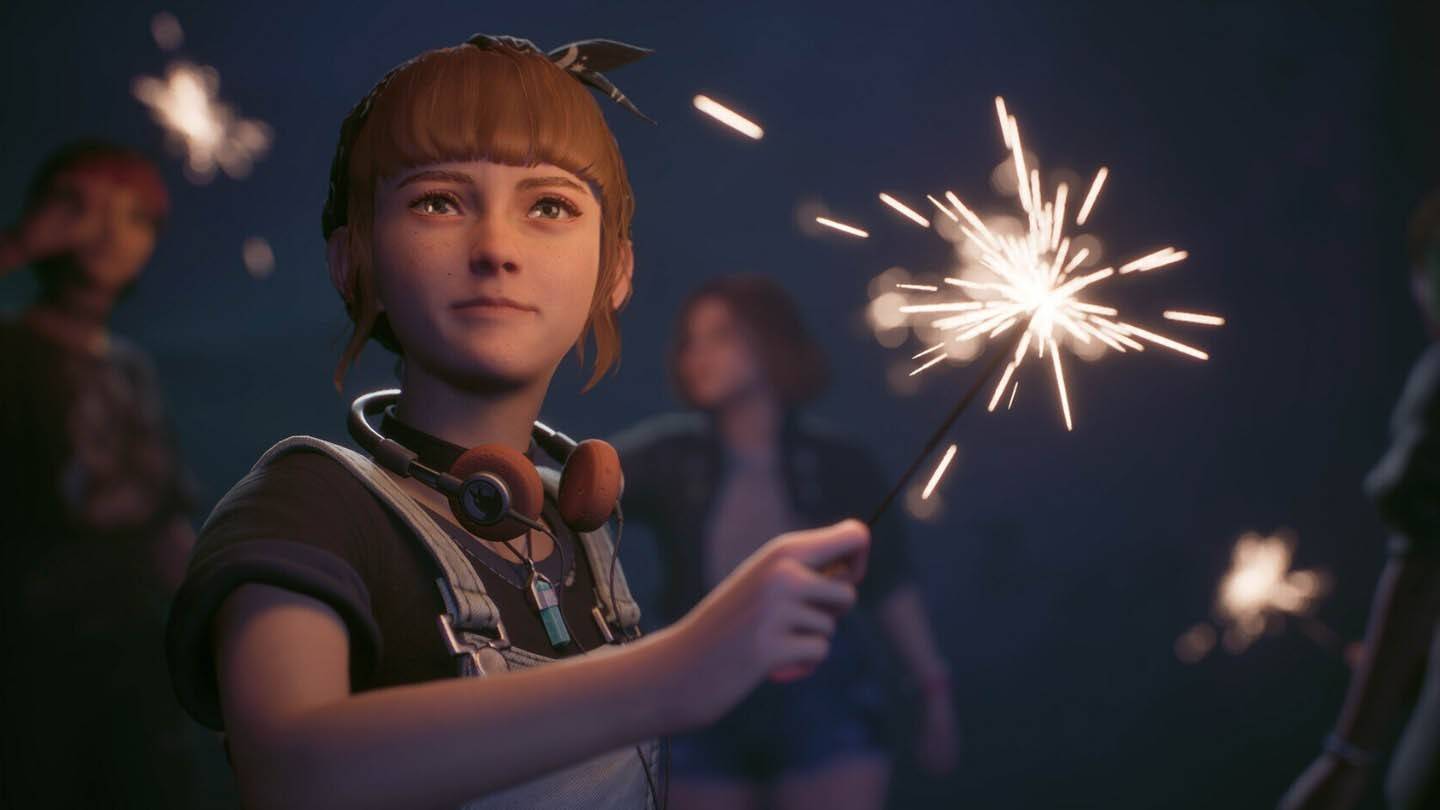 Image: ensigame.com
Image: ensigame.com
At the core of Lost Records is the story of four women whose friendship ended 27 years ago. Our protagonist, Swan Holloway, returns to her hometown of Velvet Bay for a reunion with her friends, only to find a mysterious package from the past waiting for them. The narrative unfolds across two timelines: one in 1995, a time when the world seemed full of promise, and another in 2022, where the women, now in their forties, meet awkwardly in a bar, skirting around the painful incident that tore them apart. The camera shifts to first-person mode to highlight the contrast between the two periods.
The gameplay primarily takes place in the past, allowing players to explore beautiful settings, forge relationships, and capture moments with a vintage HVS camera. Video recording is a central mechanic, much like Max's power in Life is Strange. Swan records everything from graffiti and wildlife to people and even hints of the paranormal. These clips can be edited into short films within a dedicated menu, categorized by themes, and Swan offers commentary on her creations. While these documentaries add depth to the story, they don't directly impact the plot.
Choices Still Impact Surroundings, Dialogues, and Relationships
Lost Records excels in its interactivity and attention to detail, hallmarks of Don't Nod's craft. For example, when Swan expresses a desire for ice cream from a nearby truck, players can choose to satisfy her craving or focus on other tasks. Delay too long, and the truck closes, altering subsequent interactions. The world feels alive and responsive, with real-time dialogues where characters interrupt each other, change topics, or choose silence—a nod to games like Oxenfree and Telltale's adventures. The freedom to build connections is another form of choice; not everyone needs to be liked, and Swan's shy nature allows for genuine interactions.
Bloom & Rage Creates Beautifully Imperfect Characters
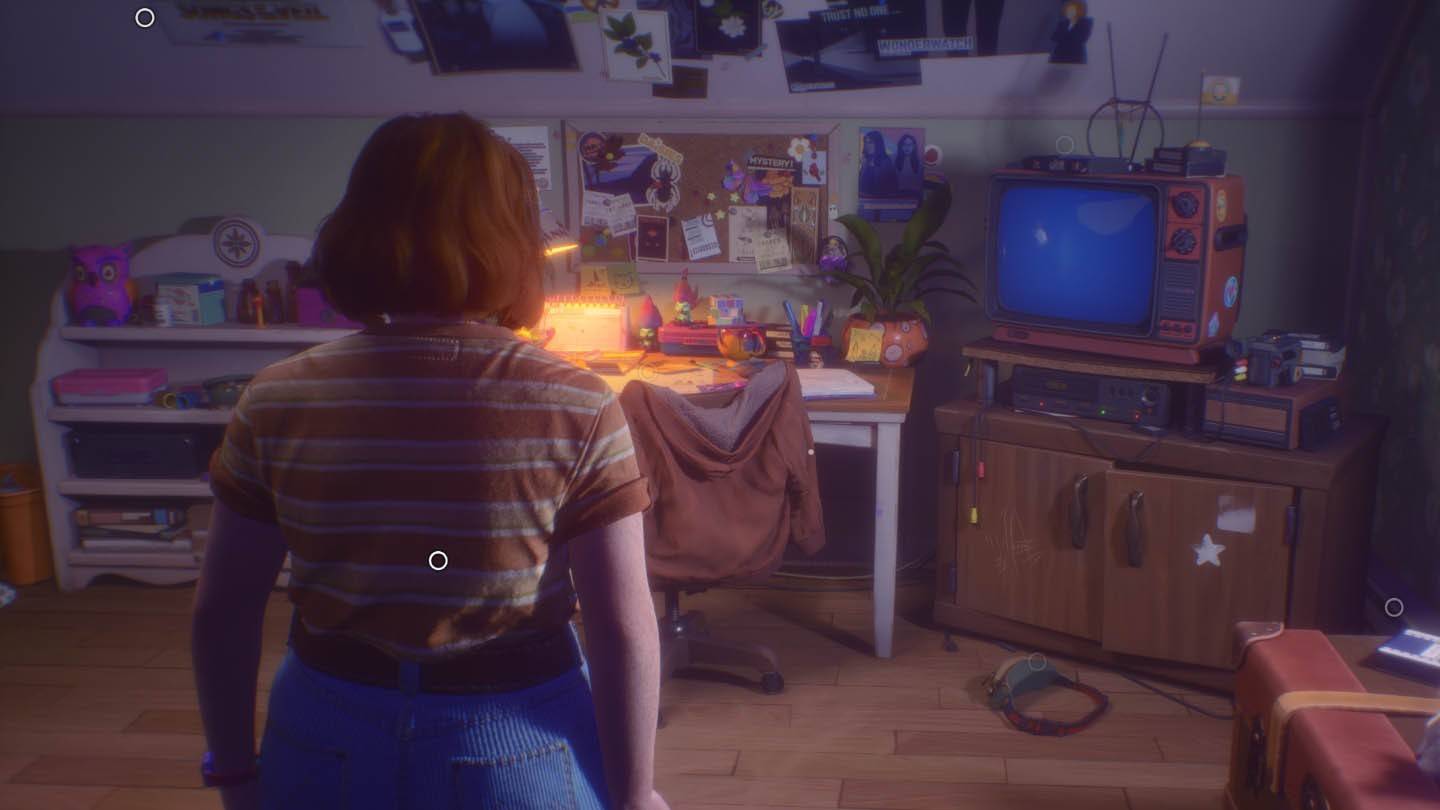 Image: ensigame.com
Image: ensigame.com
Don't Nod has a knack for creating characters that resonate deeply. They're loud, occasionally clumsy in their youthful idealism, yet profoundly sincere. Swan, an ordinary 16-year-old who struggles with self-doubt and hides behind her camera, feels authentic rather than a mere echo of Life is Strange's Max Caulfield. Her friends—Ottem, Kate, and Nora—embody familiar tropes but transcend them. Nora, the punk with colorful bangs and big dreams, surprises with her cautious nature, while Kate, the passionate writer, encourages Swan to seize the moment. In their company, players relive the feeling of teenage invincibility, regardless of their actual age, making Lost Records a journey back to youth and the heart of the '90s.
A Town Worth Dreaming About
Nostalgia is woven into every aspect of Lost Records, most notably in Swan's room—a treasure trove of '90s memorabilia. From bulky TVs and VHS tapes to floppy disks, tamagotchis, and Rubik's cubes, every item evokes a sense of wonder and longing. Easter eggs referencing pop culture abound, from movies like Sabrina and The X-Files to video games like Oxenfree and Life is Strange. The soundtrack, featuring dream-pop and indie-rock tunes, perfectly complements the setting, with tracks like "See You in Hell" and "The Wild Unknown" lingering long after the game ends. Velvet Bay, the game's setting, is a quintessential sleepy American town, cozy by day and eerie by night, drawing players deeper into its mysteries.
Slow-Paced Plot: The Defining Feature of the Story
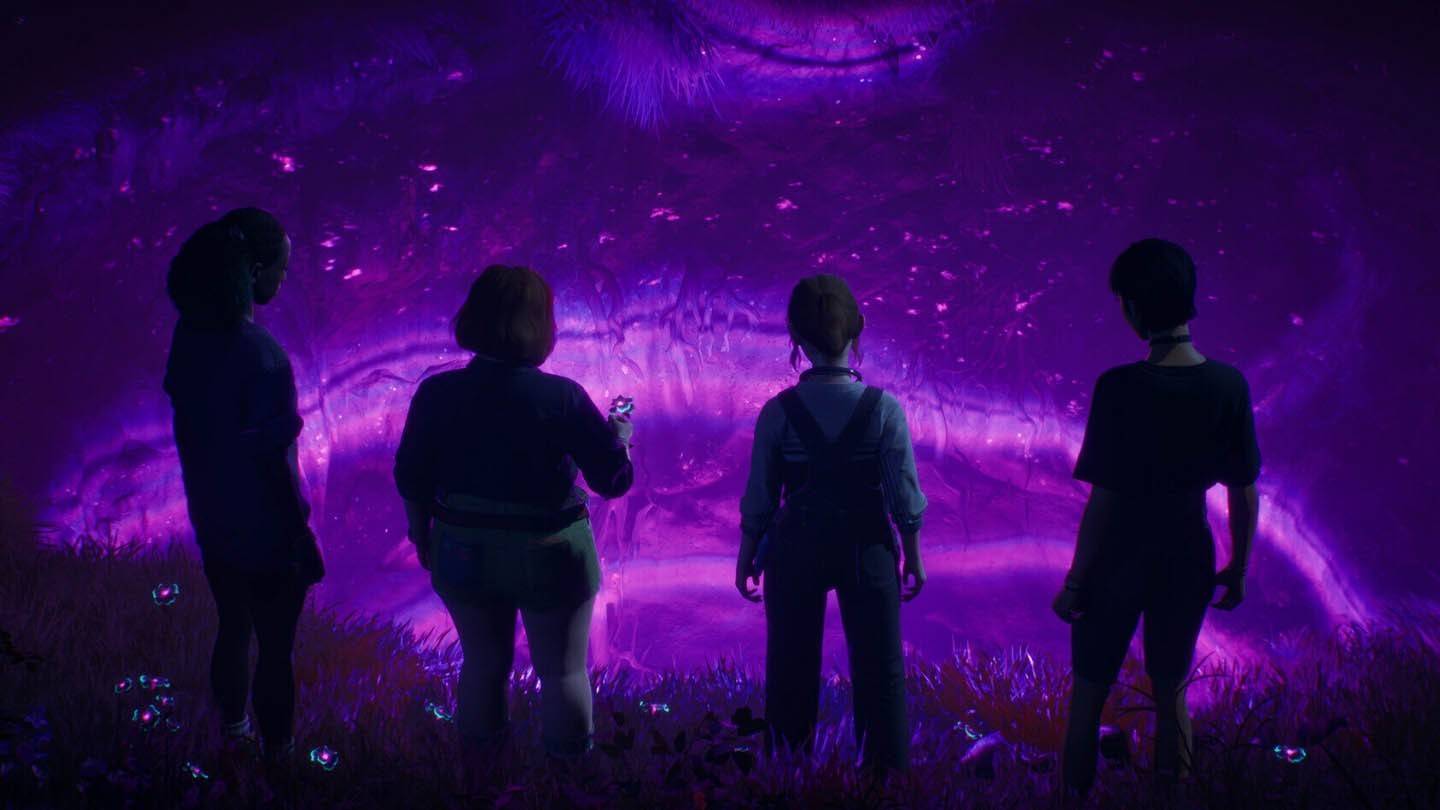 Image: ensigame.com
Image: ensigame.com
The narrative of Lost Records unfolds at a leisurely pace, allowing players to immerse themselves in the characters and setting before the mystery fully takes hold. Unlike Life is Strange, where the shift to detective work happens quickly, Lost Records prioritizes building relationships and capturing the '90s vibe. This approach might not suit everyone, but it pays off in the second half of the first episode, where tension escalates, leading to a gripping cliffhanger that sets the stage for future installments.
Lost Records: Bloom & Rage transports players back to the '90s, even if they never lived through them. It's a game that understands its audience, delivering relatable characters, meaningful interactions, and the promise of a compelling story. The full impact of this narrative will be revealed with the release of the second part on April 15th. As fans eagerly await the conclusion, there's hope that Don't Nod will once again weave its magic and leave a lasting legacy in the world of interactive storytelling.




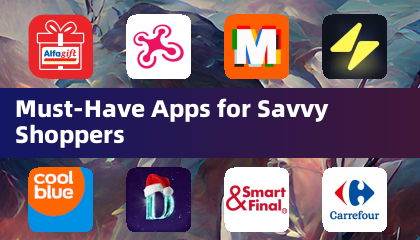
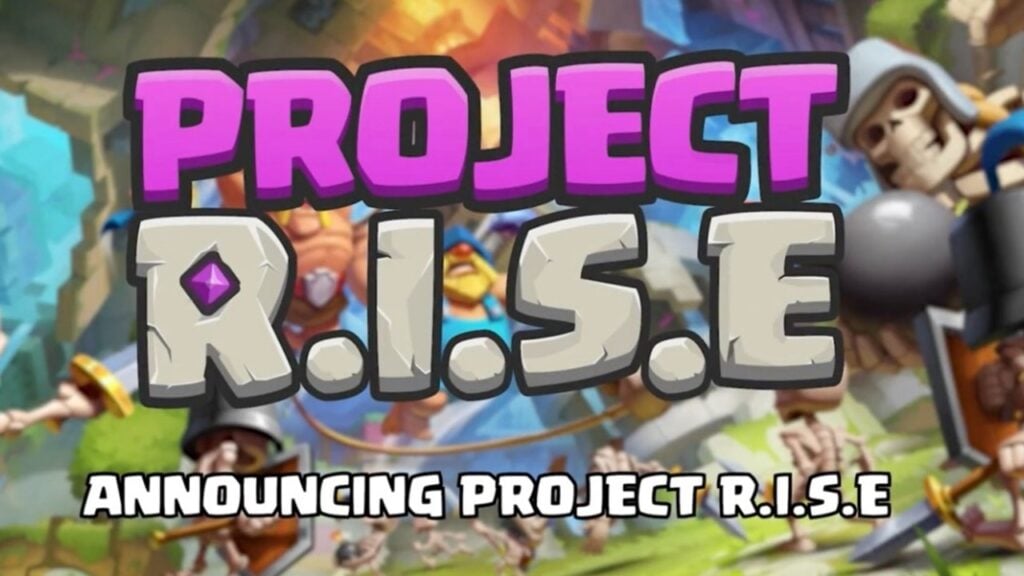

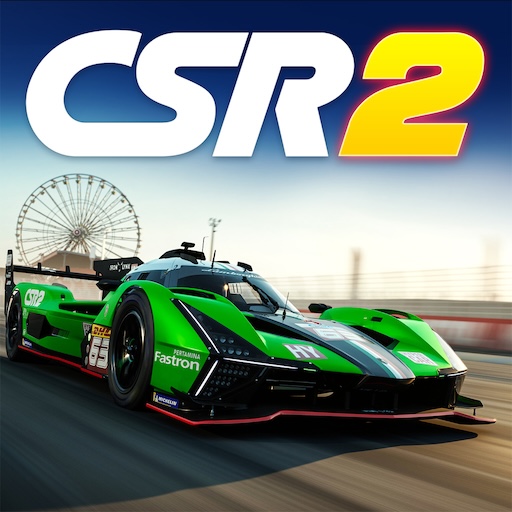
![Taffy Tales [v1.07.3a]](https://imgs.xfsxw.com/uploads/32/1719554710667e529623764.jpg)
